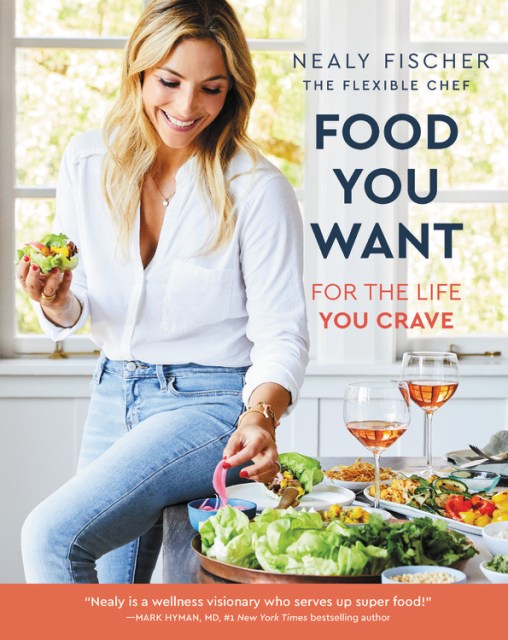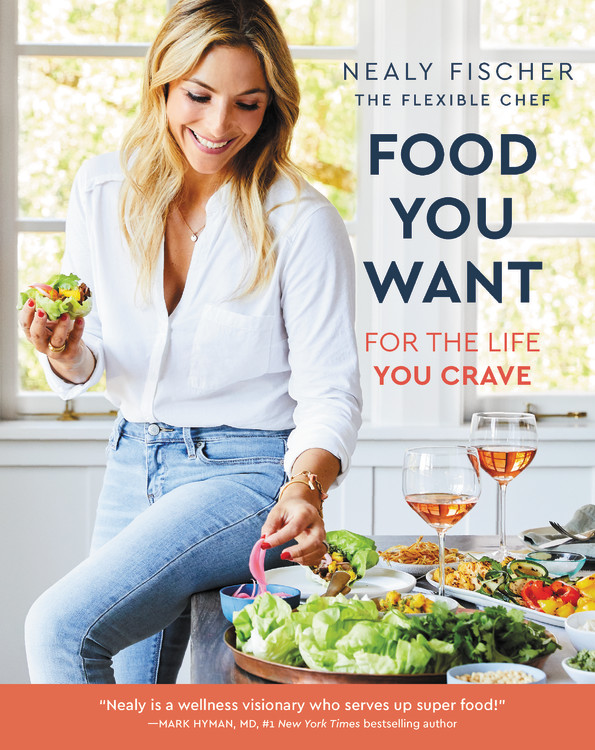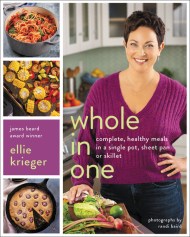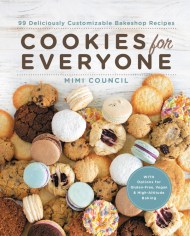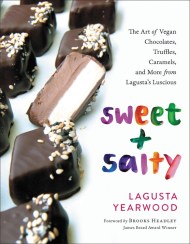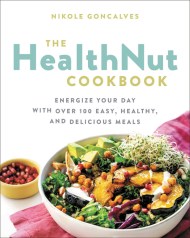Promotion
Use code BEST25 for 25% off storewide. Make sure to order by 11:59am, 12/12 for holiday delivery!
By clicking “Accept,” you agree to the use of cookies and similar technologies on your device as set forth in our Cookie Policy and our Privacy Policy. Please note that certain cookies are essential for this website to function properly and do not require user consent to be deployed.
Food You Want
For the Life You Crave
Contributors
Formats and Prices
- On Sale
- Apr 30, 2019
- Page Count
- 320 pages
- Publisher
- Balance
- ISBN-13
- 9780738284842
Price
$28.00Price
$36.50 CADFormat
Format:
- Hardcover $28.00 $36.50 CAD
- ebook $16.99 $20.99 CAD
This item is a preorder. Your payment method will be charged immediately, and the product is expected to ship on or around April 30, 2019. This date is subject to change due to shipping delays beyond our control.
Buy from Other Retailers:
Whether you’re a parent feeding family of 6 or cooking for 1 or 2, you’re probably busy–really busy–juggling all of life’s obligations. And you probably just want to sit down for a meal of food you truly want–craveable, healthy food that makes you feel as good as it tastes. With more than 100 clean, fresh, gluten-free recipes, Food You Want helps you create healthy, energizing dishes, all while saving time and banishing meal prep stress. With Nealy’s Flexible Flips, you can mix, match, and substitute ingredients. Some Flips health-ify recipes (pizza quiche that tastes just like a real slice of pizza); other Flips transform taste, showing you that healthy can always equal delicious. Have a Flop? No worries–there are Flips for those too.
With Nealy’s flexible, adaptable system you’ll have a simpler recipe for success, both in and out of the kitchen. You can make each meal–and each day–less harried and more enjoyable.
Genre:
-
"This is the one cookbook I have been craving as a busy working mom trying to find balance while maintaining a healthy lifestyle. Thank you, Nealy, for all your family friendly tips and options that work for everyone."Natalie Morales, NBC News journalist, TODAY show anchor, and author of At Home with Natalie: Simple Recipes for Healthy Living from My Family's Kitchen to Yours
-
"Finally! A healthy cookbook that honors that diets and lifestyles aren't one-size-fits-all. Nealy's clever 'Flexible Flips' make it easy to adapt and personalize each recipe and her success strategies set you up for delicious victories."Jack Canfield, coauthor of The Success Principles: How to Get from Where You are to Where You Want to Be
-
"This enhanced cookbook is a must-add to anyone's collection. Nealy's flexible system gives you complete creative freedom, both in and out of the kitchen. The only thing you'll have to figure out is which recipe to cook up first!"Judy Joo, chef, author, and TV host
-
"Nealy has cooked up exactly the kind of food that today's lifestyle demands: healthy, easy, and creative. You will want to cook your way through these pages."Susie Fishbein, author of Kosher by Design
-
"Nealy has a way of creating recipes that are delicious, feel accessible and family-friendly, but also have a healthful bent. What makes this book truly special is the flexibility factor: Nealy teaches you how to flip the recipes and turn them into something different, whether it's working with what's in season or what happens to be in the pantry. I know I will have this book front and center in my own kitchen for many years to come!"Pamela Salzman, cooking instructor and author of Kitchen Matters
Newsletter Signup
By clicking ‘Sign Up,’ I acknowledge that I have read and agree to Hachette Book Group’s Privacy Policy and Terms of Use
